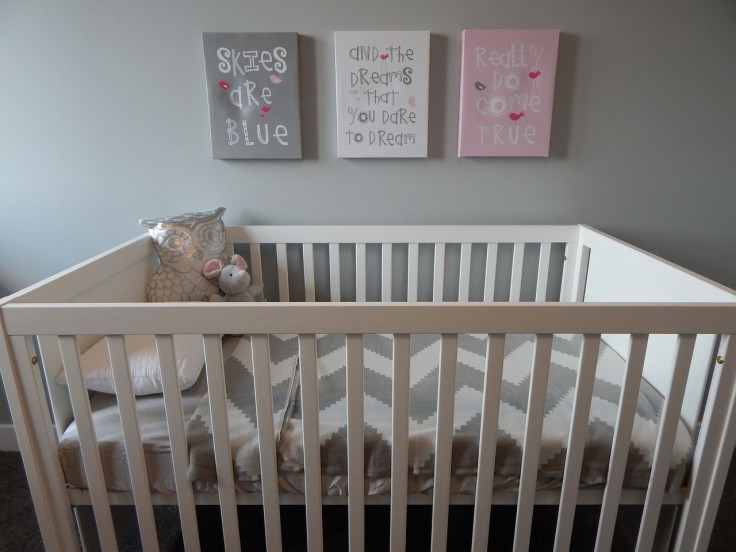Authorities Approve New Standards For Crib Mattresses After 139 Fatalities
KEY POINTS
- The new standards aim to reduce the risks of suffocation, entrapment and laceration
- They apply to crib mattresses and after-market mattresses
- These items will have to meet the new standards by fall this year
The U.S. Consumer Product Safety Commission (CPSC) has approved a new set of safety standards for crib mattresses and after-market mattresses to make sure they are safe for babies. The move comes after hundreds of crib mattress-related incidents, 139 of which were fatal.
The new mandatory safety standards address the hazards posed by problems such as "design-related" issues and "compression of the mattress," the CPSC noted in a news release. These include entrapment hazards, suffocation hazards from crib mattresses that are "overly soft" and even laceration hazards from springs or coils that poke through the mattresses.
"Today's vote means crib mattresses of all sizes will be required to meet safety standards," CPSC Chair Alex Hoehn-Saric said in the news release. "This will improve safety for babies sleeping in cribs and play yards."
CPSC Approves New Federal Safety Standard for Crib Mattresses: Rule to Provide a Safer Marketplace for Parents: https://t.co/CpEqJaQQ2p
— US Consumer Product Safety Commission (@USCPSC) January 26, 2022
The new standards add a test for mattress firmness to reduce the risk of suffocation from mattresses that are "excessively soft." As the agency noted, "flat, bare" cribs are the "safest place" for babies to sleep on. It also cited a previous report, which found that soft and "plush-like" sleep surfaces are quite dangerous for infants.
"It also includes marking, labeling and instructional literature improvements — to clarify for manufacturers and test labs, and to communicate better to consumers the risks of SIDS and suffocation related to infant positioning, soft bedding, and gap entrapment," the agency explained.
There were "at least" 494 incidents related to crib mattresses between January 2010 and April 2021, which included 139 fatalities, according to the CPSC. With the new standards, such products will be required to meet the new federal safety standards by the fall of this year, adding to the list of nursery products that have mandatory standards.
Sleep Safety
When it comes to the safety of infants in cribs, play yards or bassinets, the CPSC stressed that "bare is best." This means not putting pillows or thick quilts in the sleep environment to prevent suffocation and not adding more padding in play yards apart from the provided mattress pad.
Never placing a crib next to a window with curtain or baby monitor cords is also among the important rules for sleep safety as these can lead to strangulation, and so is not using "broken or modified"' cribs to prevent entrapment and strangulation from loose gaps. Parents should also make sure that there is no gap "larger than two fingers" between the mattress and the sides of the crib.
"Because babies spend much of their time sleeping, the nursery should be the safest room in the house," the CPSC noted.

© Copyright IBTimes 2024. All rights reserved.






















